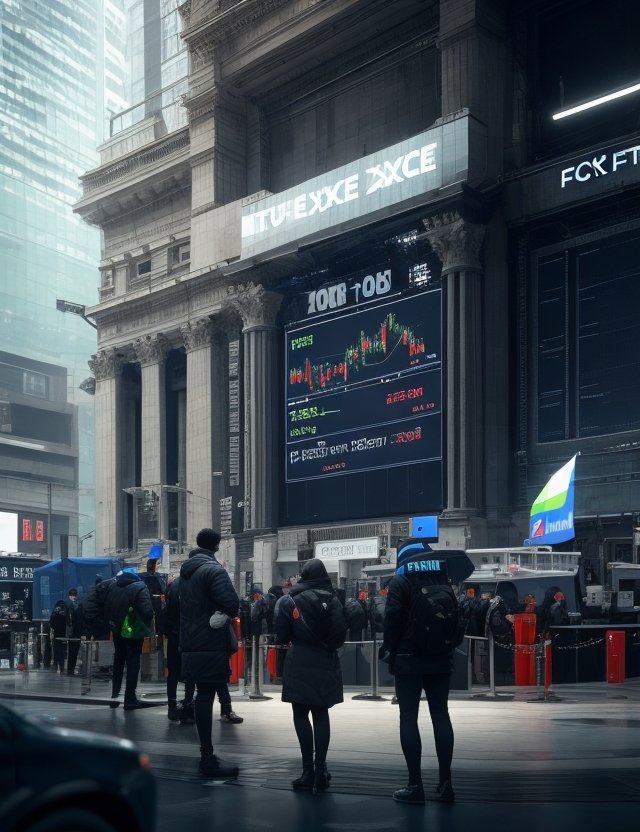Navigating the Future: Unveiling the World of Trading Futures

Trading futures is a dynamic and advanced financial strategy that allows individuals to speculate on the price movement of various assets, from commodities and currencies to cryptocurrencies. These contracts enable traders to secure positions based on their predictions about future market trends, providing both opportunities for profit and avenues for managing risk.
Understanding Futures Contracts:
Futures contracts are standardized agreements to buy or sell an asset at a predetermined price on a specified date in the future. These contracts are traded on regulated exchanges, providing a framework for participants to engage in speculative trading without needing to own the underlying asset.
Benefits of Trading Futures:
Hedging Risk: Futures contracts enable market participants to hedge against price volatility. By taking a position that offsets potential losses in another investment, traders can mitigate risk.
Leverage: Futures trading often involves using leverage, allowing traders to control a larger position with a smaller amount of capital. While this can amplify profits, it also increases potential losses.
Diverse Asset Classes: Futures contracts cover a wide range of asset classes, including commodities like gold and oil, financial instruments like stock indices, and even cryptocurrencies.
Speculative Opportunities: Traders can profit from both upward (long) and downward (short) price movements, expanding their potential for gains.
Risks and Considerations:
Leverage Risk: While leverage can amplify profits, it also magnifies losses. Traders need to carefully manage their risk exposure to avoid significant losses.
Market Timing: Successfully trading futures requires accurate predictions about price movements and the timing of those movements.
Complexity: Futures trading involves understanding market dynamics, contract specifications, and the factors influencing price movements.
Regulatory Landscape: Different regions have varying regulations and requirements for futures trading, which traders need to be aware of.
How Futures Trading Works:
Traders can go long (buy) or short (sell) futures contracts based on their market outlook. If a trader predicts an asset's price will rise, they enter a long position. Conversely, if they expect a price decline, they enter a short position. Traders can profit if their predictions are accurate.
Conclusion:
Futures trading offers a gateway to capitalize on price movements across a spectrum of assets, making it a favored strategy for both speculative traders and risk managers. While it presents numerous opportunities, it also demands a deep understanding of market dynamics, risk management, and a commitment to continuous learning. As an intricate realm within the financial landscape, trading futures brings both potential rewards and risks that warrant careful consideration and strategic execution.
Upvoted! Thank you for supporting witness @jswit.